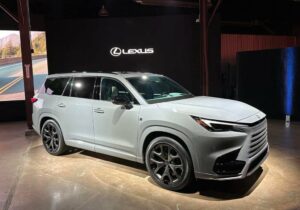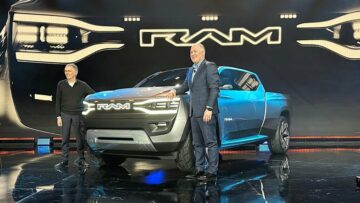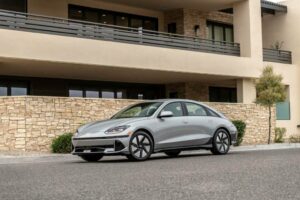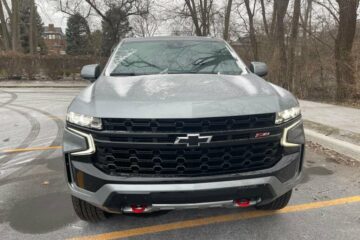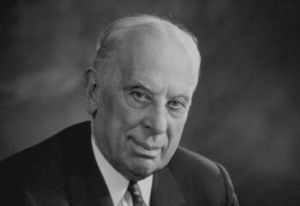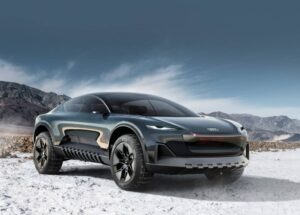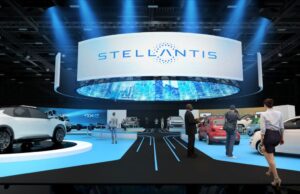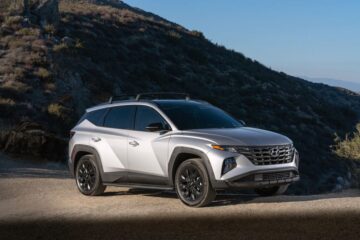When it comes to Lincoln’s design, nothing is constant except change. And so it goes with the debut of the 2024 Lincoln Nautilus, which debuted Monday in New York City.
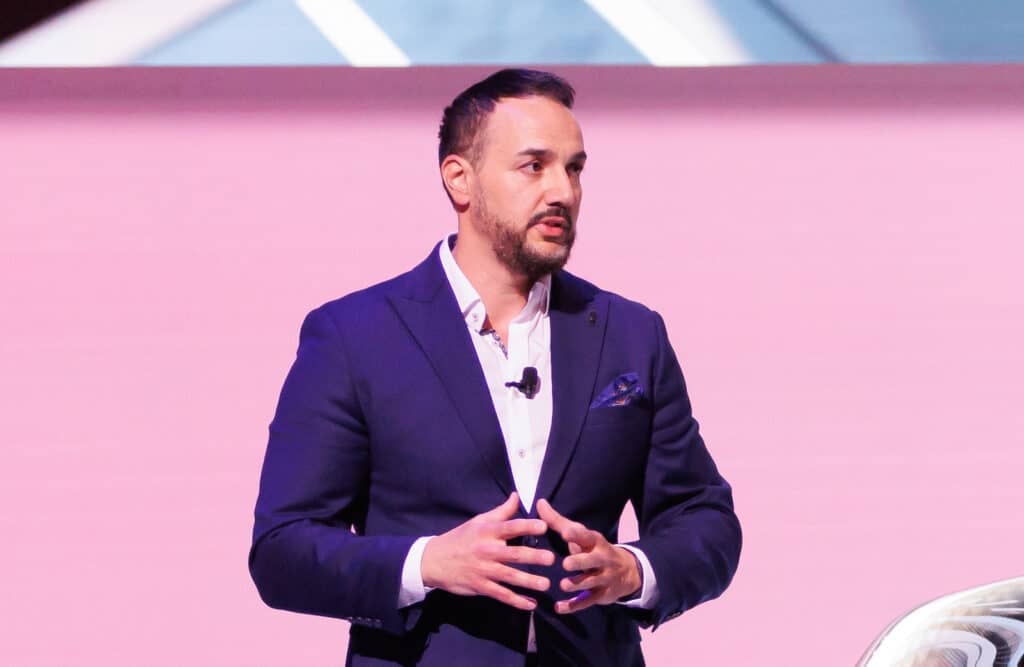
TheDetroitBureau.com had the chance to preview Lincoln’s hot new SUV, one that heralds a more modern, contemporary and youthful design direction. We chatted with the brand’s design chief Kemal Curic about what drove its new look, and the answer may not surprise you.
Curic has been Global Design Director for Lincoln since 2019, replacing David Woodhouse, who has moved on to guide Infiniti’s design. The following interview is edited for length and clarity.
TheDetroitBureau.com: It was mentioned the redesigned 2024 Lincoln Nautilus’s new look actually started with the interior, not the exterior. Typically, it starts with the exterior. Isn’t that unusual?
Kemal Curic: Well, it’s not really unusual. Think about it. When you drive your vehicle, you spend about 90% of your time in the inside of the vehicle driving. So, the best place in the house is the interior.
We wanted to start really thinking about experiences and about people, the way they interact with their car and how they start their day off and how they end their day. You can imagine your meetings inside of your vehicle and all of a sudden, it’s probably better than your office. So those are the kind of things that we were thinking about upfront. How do we create this immersive space, that it becomes a fun playground, an office and enjoyable. And you know, if you look at the seats as well, the way we thought about it, you find a perfect position so that you never leave this interior.
New type of panel discussion
TDB: Talk about the instrument panel. It’s a very interesting design. And you’ve mentioned that the interior was designed as a sanctuary, a third space. How does the instrument panel fit into that?
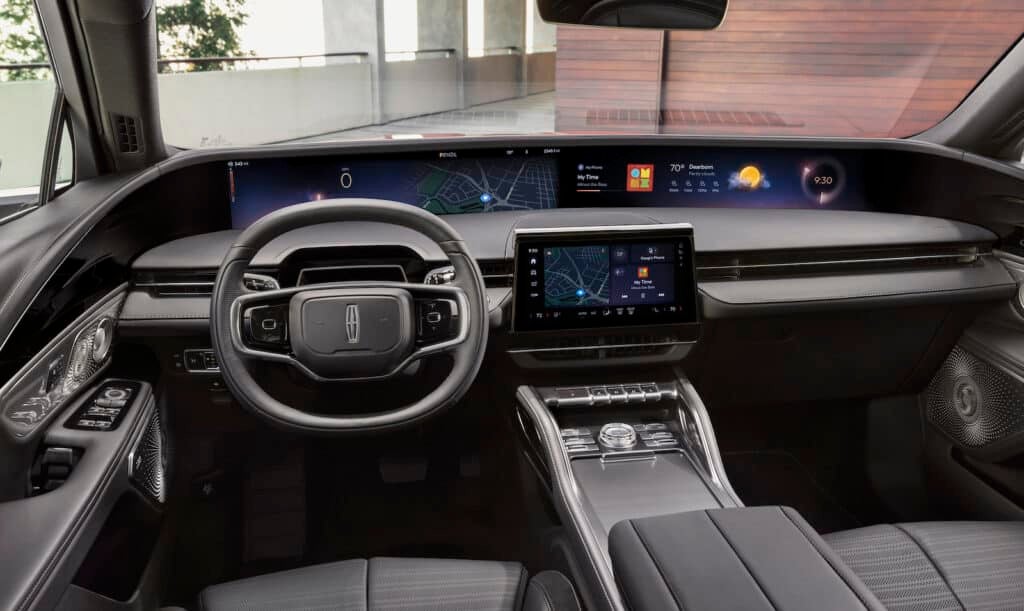
KC: Well, it was intentionally designed with the user and the clients in mind and the way they’re going to interact. So, before we actually created this interior, we did multiple tests. We created mock ups, the real-life scenarios in existing cars under camouflage. You can imagine you build prototypes with screens. What is the perfect size of the screen? How is the customer is going to interact and input? How are they going to touch and feel what they’re going to see on the screen? What is the content that we’re going to have in the next five-to-10 years? Because there’s going be all these amazing opportunities with over-the-air content updates. We were really thinking ahead of time. How are we going to keep this fresh for the next five-to-10 years? So that’s the reason we ended up with a 48-inch screen and a smaller screen as an input. We didn’t want to do any clumsy joystick or anything like that. We found this is probably the best solution, and we truly believe that is the case.
TDB: Well, for starters, the large shelf on the instrument panel pushes all the controls closer to the front seats, so it’s easier for the driver or passenger to reach.
KC: Correct. Usually, in a traditional setup, you’ll have a screen in front of you and it’s intrusive. But we wanted it to be almost immersive, with it wrapping around you, but it’s kind of very far away from you. But it’s all in your zone; and you can still see outside, but have all your information and all the content you need in your eyesight.
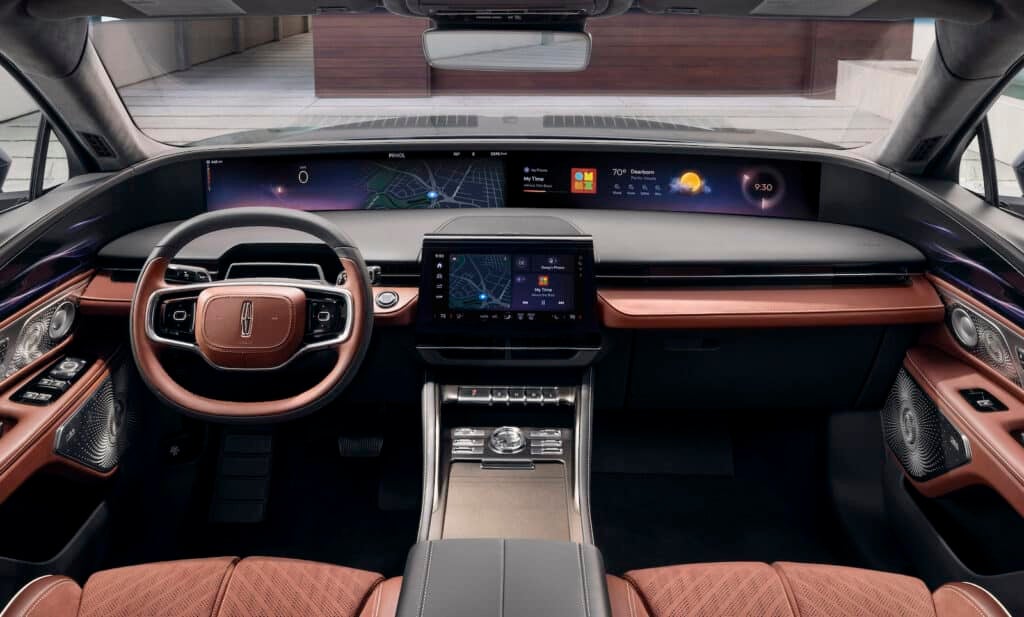
TDB: So talk about the exterior styling. Is this representative of the new direction that you’re going? There are hints of other Lincolns, like the roof shape and even the grill shape, but the overall really isn’t the same at all.
KC: No, it’s not same at all. I think we really took it to the next level. You can see when you walk around this car. We gave it a lot more expression, particularly in terms of a recognizable face. Everything builds from the star forward. And you can see this beautiful star, the symbol that we had for more than 100 years. Everything builds around it, even the lighting pattern. It gives a clear signature. So, you will unmistakably always will see a Lincoln in front of you or behind you.
TDB: Yeah, it’s visually very distinctive. And I mean to have different fascias the way you do, it makes for a difference in personality between the Sport and the Black Label trim.
KC: It’s like having a three-piece suit and a sport coat. That is the idea.
TDB: What influenced the grille’s design direction?
KC: So, if you think about our cars today, it’s really an evolution of our DNA. The grille is much more prominent, but it wasn’t as much about the grille. It was more about showcasing technology and creating this digital vehicle, that it looks much smarter on the outside. And you can even see the removal of the chrome; it’s all satin anodized parts now. We’ve been more cognizant in how we place the color materials. I think it’s going to attract a much more youthful customer and if you think about the team that works in Lincoln, these are all very young people. So, it was funny, when we had these meetings to create this car, we wanted the team to truly believe they’re going to buy this vehicle and really love it. And you could feel the passion behind it.
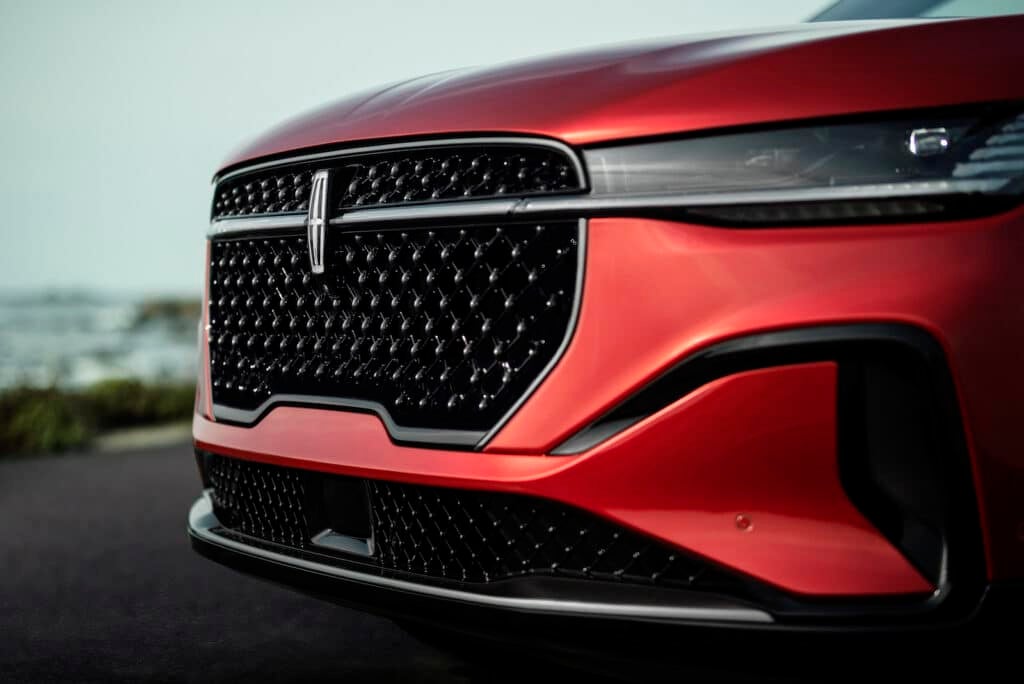
TDB: It’s not surprising that the Nautilus a totally different look from current Lincolns. You know, some car companies feel that they have a certain DNA that they’ve always got to carry on. But Lincoln has rarely been like that. You never quite know when its design is going to change again, and it can be something fresh and new and dynamic that’s really representative of that era.
KC: Yeah, that is the goal. I feel like we know the rules of being married for something for a while. I think that’s changed, especially with the technology we have now at our disposal.
TDB: What were you looking to do with the new design that you thought was time to get rid of in the old design? How are you trying to transform the design?
KC: Well, the first kind of step was removing the chrome. That was kind the thing which I felt made the car feel a bit more reserved, maybe a bit too mature. And then we thought about really playing with the colors, and you can see in the color materials that the team brought in some vibrant colors on the interiors and the usage of materials, and everything you touch and feel. It’s very, very modern and progressive.
Thinking about Lincoln, you know, for me, Lincoln in past 100 years was always this American progressive brand. You think about this a great innovation. I feel like there’s the same spirit now with the Lincoln it’s going to happen in the next 10-to-20 years. It’s going to be a great time.
TDB: Kemal, thank you for your time.
KC: Yeah, thank you.
- SEO Powered Content & PR Distribution. Get Amplified Today.
- Platoblockchain. Web3 Metaverse Intelligence. Knowledge Amplified. Access Here.
- Minting the Future w Adryenn Ashley. Access Here.
- Source: https://www.thedetroitbureau.com/2023/04/qa-kemal-curic-global-design-director-for-lincoln/
- :is
- $UP
- 100
- 2019
- 2024
- a
- About
- about IT
- actually
- ahead
- All
- always
- amazing
- American
- and
- answer
- ARE
- around
- AS
- At
- BE
- beautiful
- because
- becomes
- before
- behind
- being
- believe
- BEST
- Better
- between
- Bit
- Black
- brand
- brought
- build
- builds
- buy
- CAN
- car
- carry
- Carry On
- cars
- case
- certain
- Chance
- change
- chief
- Chrome
- City
- clarity
- clear
- clients
- closer
- cognizant
- color
- COM
- Companies
- constant
- contemporary
- content
- controls
- could
- create
- created
- Creating
- Current
- customer
- David
- day
- debuted
- Design
- designed
- designers
- DID
- difference
- different
- digital
- direction
- Director
- dna
- drive
- driver
- driving
- dynamic
- easier
- enjoyable
- Era
- especially
- Even
- everything
- evolution
- Except
- existing
- Experiences
- Face
- Find
- First
- fit
- following
- For
- Forward
- found
- fresh
- from
- front
- fun
- funny
- get
- gives
- Global
- goal
- Goes
- going
- great
- guide
- happen
- Have
- having
- hints
- HOT
- House
- How
- HTTPS
- i
- idea
- immersive
- in
- influenced
- information
- Innovation
- input
- instrument
- intentionally
- interact
- interesting
- interior
- Interview
- IT
- ITS
- jpg
- Keep
- Kind
- Know
- Label
- large
- Leave
- Length
- Level
- Lighting
- like
- Lincoln
- Look
- looking
- LOOKS
- Lot
- love
- made
- MAKES
- materials
- mature
- max-width
- May..
- meetings
- mentioned
- mind
- Modern
- Monday
- more
- multiple
- Need
- New
- New York
- new york city
- next
- of
- Office
- Old
- on
- ONE
- Onyx
- opportunities
- Other
- outside
- overall
- package
- panel
- particularly
- parts
- passion
- past
- Pattern
- People
- perfect
- Personality
- Place
- plato
- Plato Data Intelligence
- PlatoData
- playing
- position
- Preview
- probably
- processes
- progressive
- prominent
- prototypes
- reach
- reason
- removal
- removing
- representative
- Reserve
- reserved
- Rid
- roof
- rules
- same
- scenarios
- Screen
- screens
- setup
- Shape
- Shelf
- showcasing
- since
- Size
- smaller
- smarter
- So
- solution
- some
- something
- Space
- spend
- spirit
- Sport
- Star
- start
- started
- starters
- starts
- Step
- Still
- sudden
- Suit
- surprise
- surprising
- symbol
- Talk
- Talks
- team
- Technology
- terms
- tests
- that
- The
- their
- These
- thing
- things
- Thinking
- Third
- thought
- time
- to
- today
- too
- TOTALLY
- touch
- traditional
- Transform
- typically
- under
- unusual
- Updates
- UPS
- Usage
- User
- vehicle
- vibrant
- wanted
- Way..
- WELL
- What
- What is
- which
- while
- WHO
- will
- with
- works
- years
- young
- Your
- youthful
- zephyrnet

